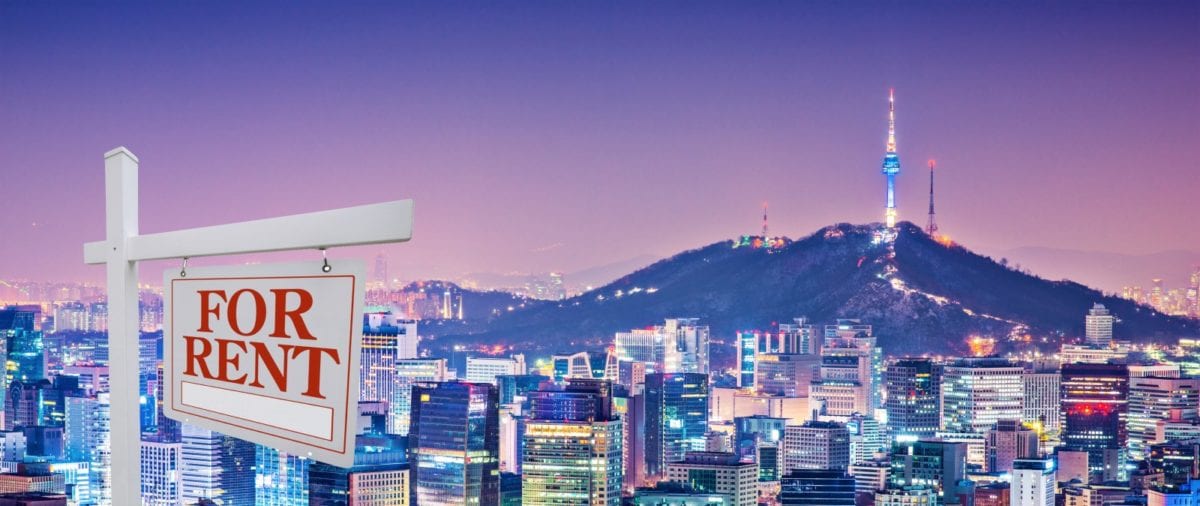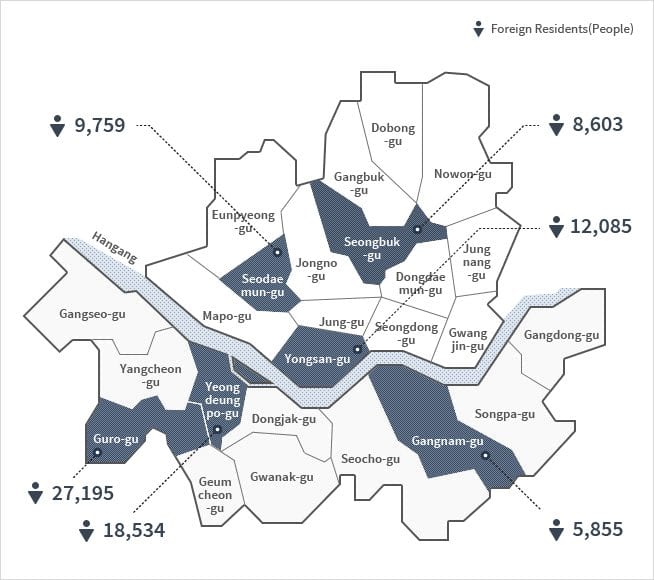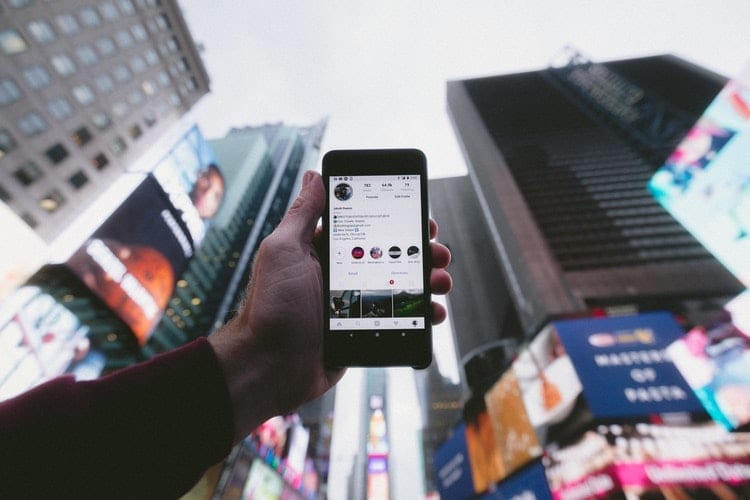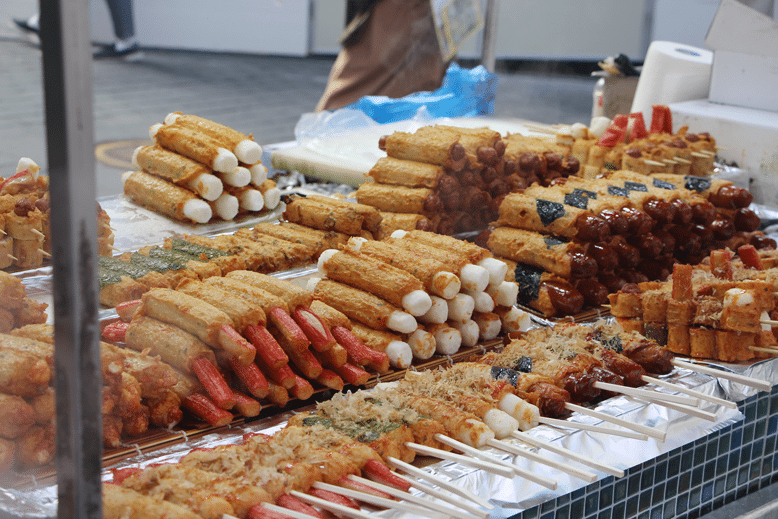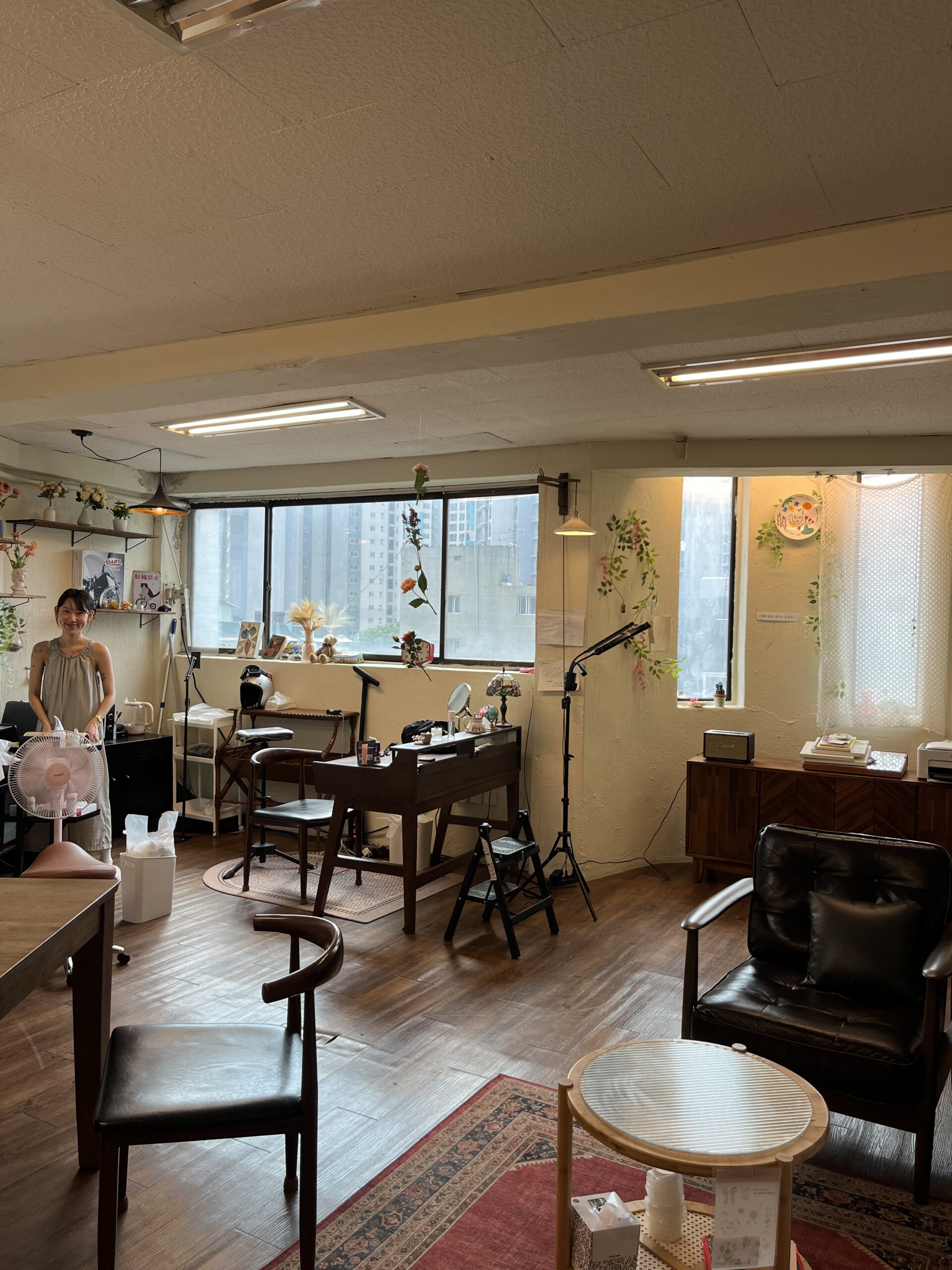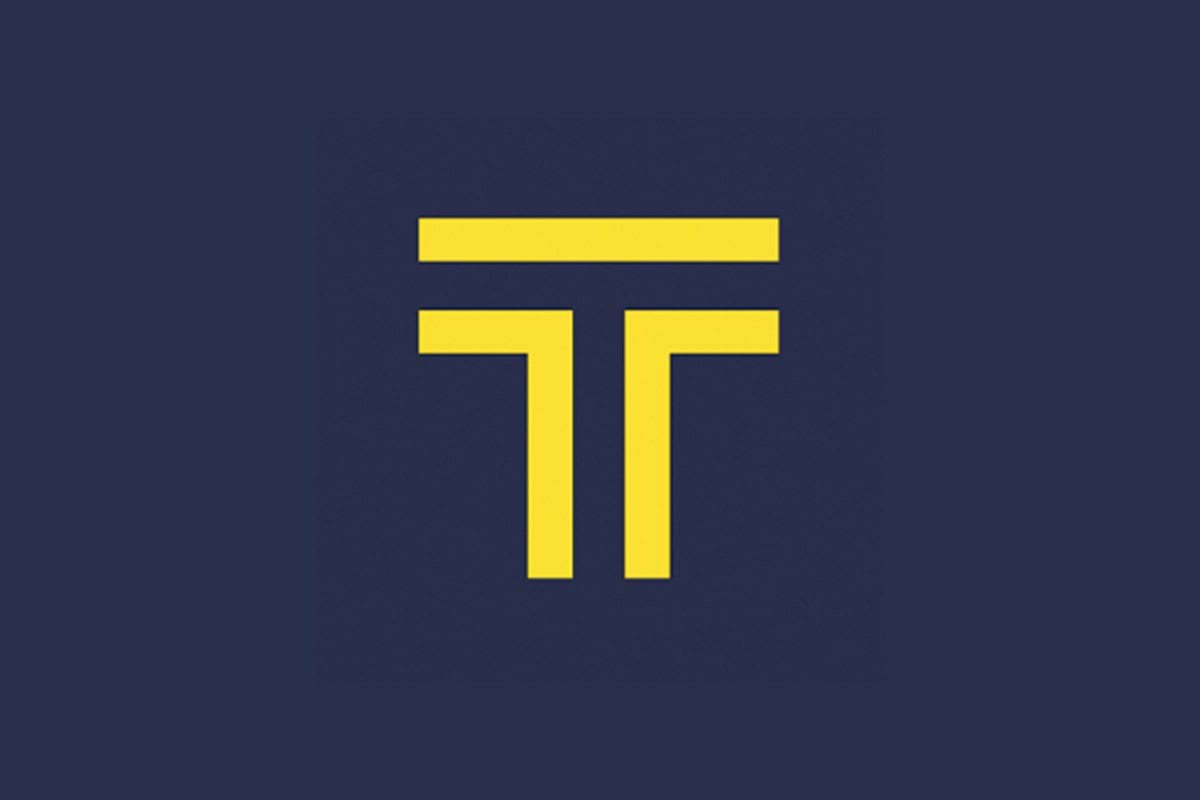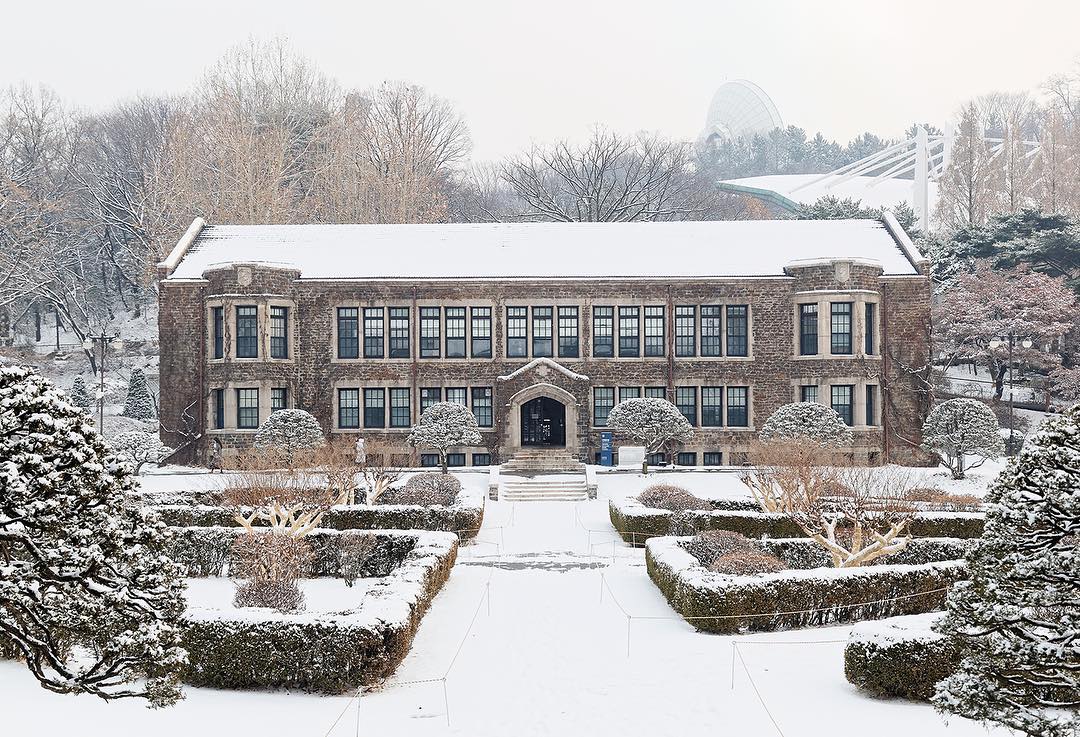Renting in Seoul: Steps on how to rent an apartment Seoul
Did you get a job in Seoul? Or are you planning on coming to study? Whatever the reason you may have to come to South Korea, renting in Seoul might prove to be difficult for some foreigners, especially for those who don’t speak Korean. But it doesn’t have to be! Check out these few pointers on how to rent an apartment in Seoul!
1. Understand how the Korean property rental/lease system works.
Jeonse (전세)
This type requires you to pay the landlord a large deposit or “key money” which normally amounts to the property’s 50% present market value, (but it can get as high as 80%) and you will live rent free throughout the rental period, which is usually 2 years. You will get a full reimbursement of the key money when the lease period is finished.
*However, some of the key money can be subtracted due to repairs or property damage.
Wolse (월세)
This type is a little more affordable, the key deposit money is lower than that of Jeonse, and you pay a monthly rent fee throughout the entire rental period.
2. In Korea the area of the properties is measured in Pyeong (평)

When looking for a place to live in South Korea you might want to familiarize yourself with the measuring unit 평 first. 1평 equals to 3.3058 m2 approximately.
Though some spaces may appear quite spacious on some websites, make sure to visit any listing that interests you, because sometimes photos online cannot depict the actual space of the property.
3. Types of Property
Apartment (아파트)

Apartments in South Korea are the most spacious property option available, and the most expensive (depending on the area you are renting). These are perfect for families due to the size.
Officetel (오피스텔)
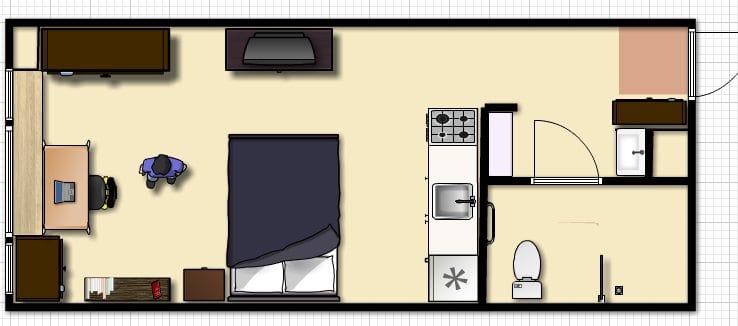
Officetels are the cheap and smaller versions of apartments, usually for people that want to live alone or for couples, they usually are located in modern buildings with elevator and include amenities like refrigerators, washer/dryer machine and air conditioner, to name a few. They are mostly found near bus or subway stations and have a lot of eating joints, convenience stores in their surroundings.
Villa (빌라)
Villas are located in residential areas (like condos) and you can find a lot of them around the city. The residential buildings are about 5 or 6 floors tall and don’t have elevators. They are smaller in size but, they provide enough space without feeling too cramped. The best way to distinguish a villa is that the bathroom doesn’t have a separate space for the shower (The shower hand-held nozzle is typically attached to the sink).

4. Long Term (장기임대) VS Short Term (단기임대)
Typically, long term periods start from 6 months onwards, and short term periods can be from 1 day to 5 months. Usually when renting long term with the Wolse (월세) rental system, the key deposit money will be higher, but the monthly rent will be lower.
In South Korea the normal long term rental period is about 2 years and 3 months for short term.
If you are planning to rent for less than three months, be prepared to pay a high rental fee or even be rejected rental, as landlords often don’t like to rent their property for such a short period of time. Try to negotiate with the landlords to make an exception or try to reduce the key deposit money.
5. Where To Look For Properties
If you are not good with Korean, don’t worry, you can always consult these pages~
Craiglist
One of the best places to start looking for a place to live as it features various listings throughout the city for long or short term periods. For alternative websites to use, check out our article on Craigslist Seoul alternatives.
Seoulhomes
Another great English alternative, because it lets you narrow your search by location, what kind of amenities you need, etc.
**If you would rather venture yourself into Korean websites or have a Korean acquaintance who can help you, you may also check these websites.
6. Always check for fees not included in the rent
So after you manage to find some place that caught your interest, make sure to check other fees, like:
Management Fees: are those required to keep the property functioning properly, in some cases they can include (depending on the listing):
Cleaning Fee***
Internet**
Cable TV**
Water*
Electricity*
Gas*
***This can be paid before or after your lease period and is often required by real estate agencies. (Basically is for when you move out, as the name states, to clean after you and leave it presentable for the next open-house).
**These are usually billed to you monthly.
*If you are renting short term, you may be charged on usage until the end of your stay.
7. Foreign friendly Real Estate Agencies
Sometimes we don’t know what we really want, or can’t find what’s best for us and our budget, so that’s when using a “Real Estate Agent” can come in handy.
Real estate agents serve as a match-making for tenant and property and they will always try to get you the best for your money.
There are currently 148 certified real estate agencies to serve foreigners, which are distributed throughout Gangnam, Yeogsan, Seounbuk, Seodamun, Guro, Yeoungdeungpo where most of the international communities are located.
You can check the list of foreign friendly real estate agencies, with their addresses and phone number here.
There is one downside, however, if you decide to use a real estate agent, you will have to add up an Agent Fee that ranges from ₩300,000 to ₩500,000 depending on the agency or the value of the property.
Rental transactions in South Korea are pretty fast, you can move in on the same day you sign the lease contract.
⋆⋆⋆BONUS⋆⋆⋆
Here are some Korean terms that are worth remembering when you are looking to rent in South Korea.
• 거래종류 (geo-lae-jong-lyu) = Transaction type
- 중개 (jung-gae) = Mediation (through a real state agent)
- 직거래 (jig-geo-lae) = Direct Transaction (through the property owner)
• 주차가능 (ju-cha-ga-neung) = Parking available
• 반려동물가능 (ban-lyeo-dong-mul-ga-neung) = Pets allowed
• 관리비 (gwan-li-bi) = Administrative Expenses
관리비 포함항목 (gwan-li-bi po-ham-hang-mog) = Amenties included in Administrative Expenses
유선 TV (yu-seon TV) = Cable TV
인터넷 (in-teo-nes) = Internet
청소비 (cheong-so-bi) = Cleaning Fee
수도세 (su-do-se) = Water Fee
전기세 (jeon-gi-se) = Electricity Fee
• 난방종류 (nan-bang-jong-lyu) = Heating Type
개별난방 (gae-byeol-nan-bang) = Individual Heating (you control the heating in the property so you can turn it on/off as needed, it’s not included in administrative expenses)
중앙난방 (jung-ang-nan-bang) = Centralized Heating (property management officers are in charge of controlling the heating in the building’s units, it IS included in the Administrative Expenses, but because the heating is on 24/7, they can be quite high).
• 풀옵션 (pul-ob-syeon) = Full Option (Furnished)
- 옵션 (ob-syeon) = Option (Furniture and Appliances)
에어컨 (e-eo-keon) = Air Conditioner
세탁기 (se-tag-gi) = Washing Machine
침대 (chim-dae) = Bed
책상 (chaeg-sang) = Desk
옷장 (os-jang) = Closet
TV
신발장 (sin-bal-jang) = Shoe Closet
냉장고 (naeng-jang-go) = Refrigerator
가스 레인지 (ga-seu-le-in-ji) = Gas Stove (Gas Range)
인덕션 (in-deok-syeon) = Induction Stove
전자레인지 (jeon-ja-le-in-ji) = Microwave
전자도어락 (jeon-ja-do-eo-lag) = Electronic Door Lock
비데 (bi-de) = Bidet
Did you find this article helpful? Leave a comment below! You can also explore our articles on finding home in Seoul and 3 things to keep in mind when renting an apartment in Korea.

